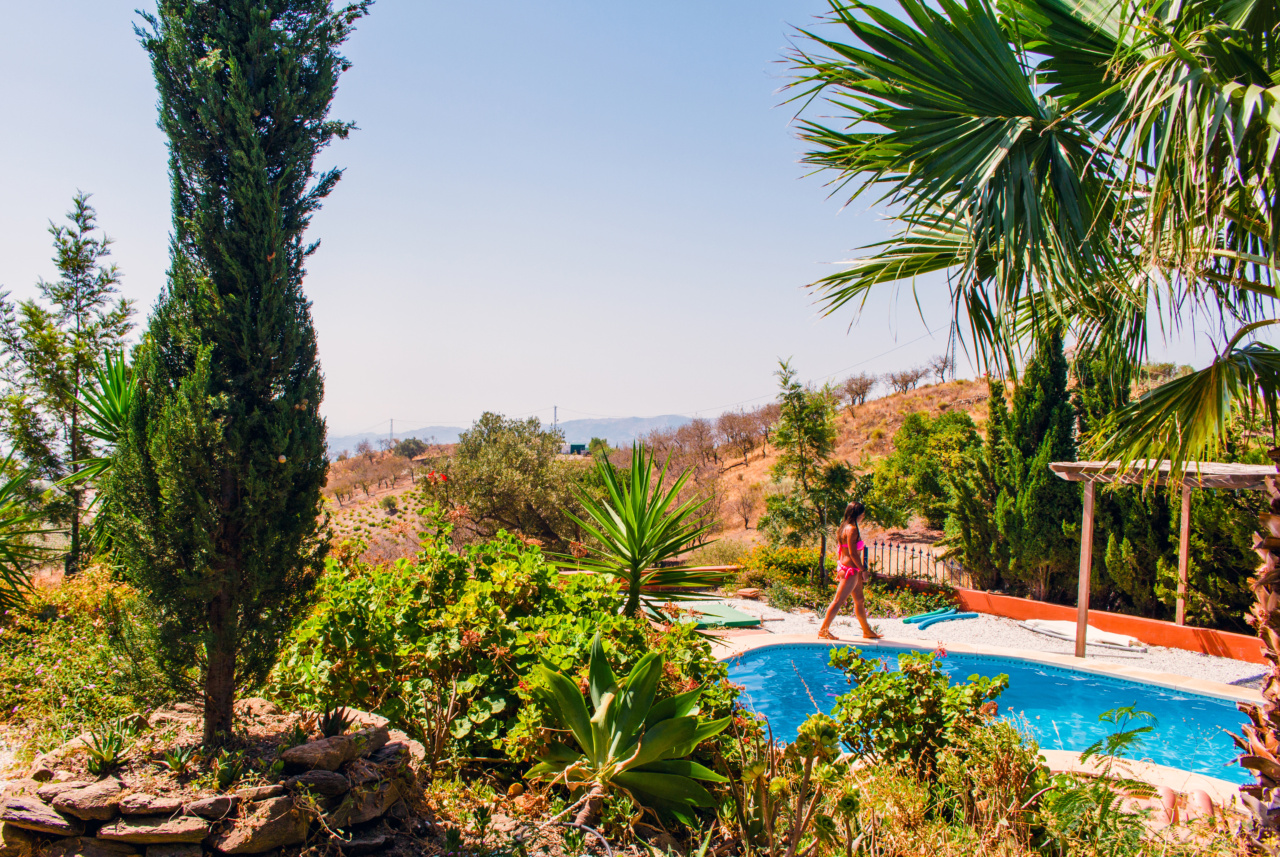Getting a tan has been a popular trend for many decades. People have always associated a sun-kissed glow with health, beauty, and a youthful appearance. Traditionally, achieving a tan meant spending hours basking in the sun or visiting tanning beds.
However, with increasing concerns about skin cancer and premature aging, more and more individuals are turning to safer alternatives. Two popular choices for getting a tan without the sun are self-tanners and tanning beds. In this article, we will explore the pros and cons of each and help you make an informed decision.
Self-Tanners: The Sunless Solution
Self-tanners, also known as sunless tanners or fake tans, offer a safe and convenient method to achieve a tan without exposing your skin to harmful UV rays.
These products contain dihydroxyacetone (DHA), a colorless chemical that interacts with the amino acids in the dead layer of skin, causing it to darken. The result is a temporary tan that typically lasts for several days to a week.
One of the major advantages of using self-tanners is the ability to control the intensity of your tan. Depending on the formulation and application method, you can achieve a subtle sun-kissed glow or a deeper, more bronzed look.
Self-tanners also come in various forms such as lotions, sprays, and mousses, providing options for personal preference and ease of use.
Another advantage of self-tanners is that they can be applied at home, eliminating the need for a salon visit. This makes self-tanners a cost-effective option, especially in the long run.
Additionally, self-tanners are generally considered safe for most individuals, including pregnant women and those with sensitive skin. However, it is important to perform a patch test before applying the product all over your body to check for any potential allergies or adverse reactions.
The Downsides of Self-Tanners
While self-tanners are a popular alternative to achieve a tan without the sun, they do have a few downsides. One common complaint is the potential for streaking or uneven application.
Achieving a flawless tan requires proper exfoliation of the skin beforehand and careful application techniques. Many people struggle with getting an even tan on difficult areas such as the hands, feet, and knees.
Another drawback of self-tanners is the temporary nature of the tan. Unlike a natural tan, which can last for weeks or months, self-tanner fades as the dead skin cells naturally slough off.
Regular reapplication is necessary to maintain the desired level of tan, which can be time-consuming for some individuals.
Furthermore, the odor associated with self-tanners has been a complaint from many users.
The chemical reaction between DHA and the skin can result in an unpleasant smell, often described as “biscuity” or “sour.” While some self-tanners claim to have reduced odor, it is still a concern for those with a sensitive sense of smell.
Tanning Beds: The Artificial Sun
Tanning beds, also known as sunbeds or sunlamps, are devices that emit ultraviolet (UV) radiation to darken the skin. They provide a quicker and more intense tan compared to natural sunlight.
Tanning beds are commonly found in tanning salons, and their popularity surged in past decades.
One of the main advantages of tanning beds is the ability to achieve a deep and long-lasting tan in a relatively shorter time frame. This makes them an appealing choice for those looking for an instant bronzed look before a special event or vacation.
Tanning beds also provide a controlled environment, allowing users to choose the duration and intensity of UV exposure.
Another perceived advantage of tanning beds is the production of vitamin D. Our body produces vitamin D when the skin is exposed to UVB radiation, which is available in tanning beds.
However, it is important to note that excessive UV exposure from tanning beds can outweigh the benefits of vitamin D production and increase the risk of skin cancer.
The Hazards of Tanning Beds
Tanning beds have been the subject of much debate and controversy due to their potential health risks.
The International Agency for Research on Cancer (IARC) has classified tanning beds as “carcinogenic to humans,” noting that artificial UV radiation from tanning beds is as harmful as natural sunlight.
Excessive and unprotected exposure to UV radiation from tanning beds increases the risk of skin cancer, including melanoma, the deadliest form of skin cancer.
Studies have shown a direct correlation between tanning bed use and an increased risk of melanoma, particularly among young individuals.
Tanning beds can also lead to premature aging of the skin. Regular use of tanning beds can cause wrinkles, fine lines, age spots, and a leathery texture.
Additionally, UV exposure from tanning beds can weaken the immune system, making it harder for the body to combat infections and diseases.
Making an Informed Decision
When it comes to choosing between self-tanners and tanning beds, it is crucial to prioritize your skin’s health and safety. Self-tanners offer a safer alternative to achieve a tan without the harmful effects of UV radiation.
They provide control over the intensity of the tan, convenience of use, and are generally considered safe for most individuals.
On the other hand, tanning beds provide a quick and intense tan but come with significant health risks. The potential for skin cancer and premature aging should not be taken lightly.
If you choose to use tanning beds, it is essential to limit your exposure, wear protective eyewear, and apply sunscreen to minimize the harm caused by UV radiation.
Ultimately, the choice between self-tanners and tanning beds depends on personal preferences, convenience, and the level of risk you are willing to accept.
However, it is worth noting that a tan achieved through self-tanners can be just as beautiful and healthy-looking as one obtained through tanning beds.
Conclusion
The pursuit of a tan without the sun has led to the popularity of self-tanners and tanning beds. While both options offer the allure of a golden glow, they come with different benefits and risks.
Self-tanners provide a safer and more easily accessible means of achieving a tan without exposure to harmful UV radiation. Tanning beds, on the other hand, offer a quicker and more intense tan but pose significant health risks including skin cancer and premature aging.
Ultimately, the decision lies in prioritizing your skin’s health and well-being. Remember, a natural-looking and healthy tan can be attained through self-tanners, without jeopardizing the long-term health of your skin.


























